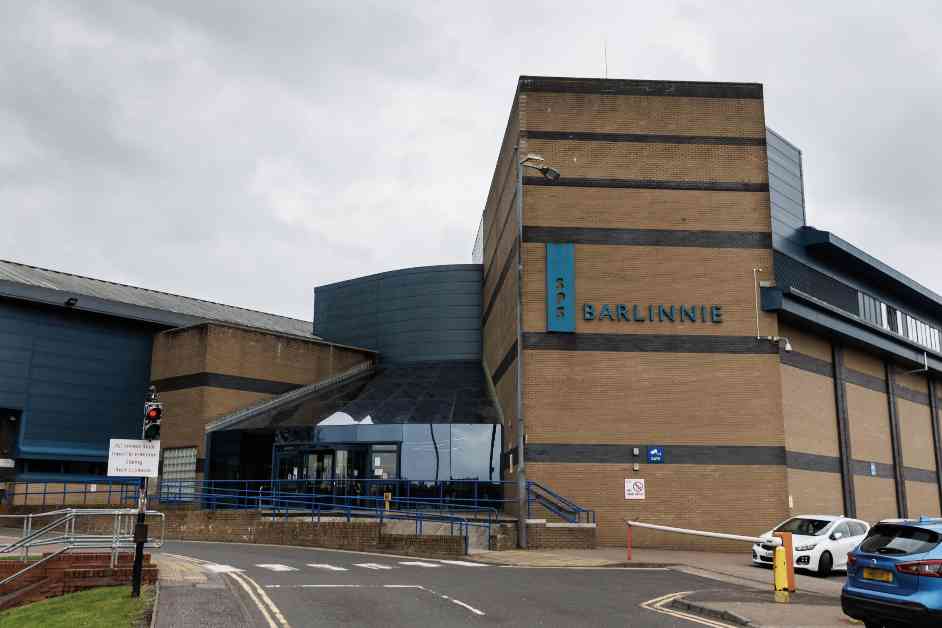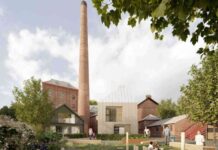Barlinnie Prison Governor Defends Early Inmate Releases
The decision to release up to 390 inmates early from Barlinnie Prison has sparked controversy and raised questions about the Scottish prison system’s overcrowding crisis. In an effort to alleviate the mounting pressure within the walls of the country’s largest prison, Governor Michael Stoney has defended the move, emphasizing the critical need to free up space and prevent potential infrastructural failures.
Early Release Strategy to Address Overcrowding
Barlinnie Prison, designed to accommodate 987 inmates, currently houses close to 1,400 individuals, operating at a staggering 140% of its intended capacity. To address this overcrowding issue, the Scottish authorities have announced a plan to release eligible prisoners in three tranches over a six-week period, commencing on February 18.
Under the revised criteria, most inmates serving less than four years will now be released after completing 40% of their sentence, a reduction from the previous 50% requirement. Governor Stoney underscored the necessity of this measure, likening the prison to a pressure cooker, where increased population density escalates the risk of negative outcomes and critical infrastructure failures.
In a candid interview with the BBC’s Scotcast, Governor Stoney revealed his personal struggle with the harsh realities of Barlinnie, acknowledging that the prison’s capacity could spiral out of control without the implementation of early releases. He highlighted the detrimental impact of overcrowding on both inmates and staff, emphasizing the urgent need to relieve the mounting pressure within the facility.
Future Prospects and Sustainable Solutions
Looking ahead, plans are already underway for a replacement facility for Barlinnie, scheduled to open its doors in 2028. However, the Scottish Conservative leader, Russell Findlay, has criticized the escalating costs of this new super jail, accusing the government of constructing a ‘luxury resort’ at an estimated cost of nearly £1 billion.
Governor Stoney defended the features of the upcoming prison, emphasizing the focus on creating a conducive environment for inmates’ health and well-being. He stressed that the design elements incorporated into the new facility were derived from the latest research to promote overall health and functionality, refuting claims of extravagance or unnecessary amenities.
As the debate surrounding early inmate releases and the future of Barlinnie continues, the overarching goal remains the preservation of a safe and sustainable prison environment. With the impending launch of the new facility on the horizon, the Scottish authorities are tasked with navigating the delicate balance between addressing immediate overcrowding concerns and ensuring long-term penitentiary solutions that prioritize inmate welfare and operational efficiency.
Governor Stoney’s steadfast commitment to managing the challenges within Barlinnie underscores the critical nature of these decisions, as the fate of the prison and its inhabitants hangs in the balance. In the complex landscape of prison reform and infrastructure development, the ongoing efforts to mitigate overcrowding and enhance living conditions within correctional facilities serve as a testament to the evolving priorities of the criminal justice system.
































